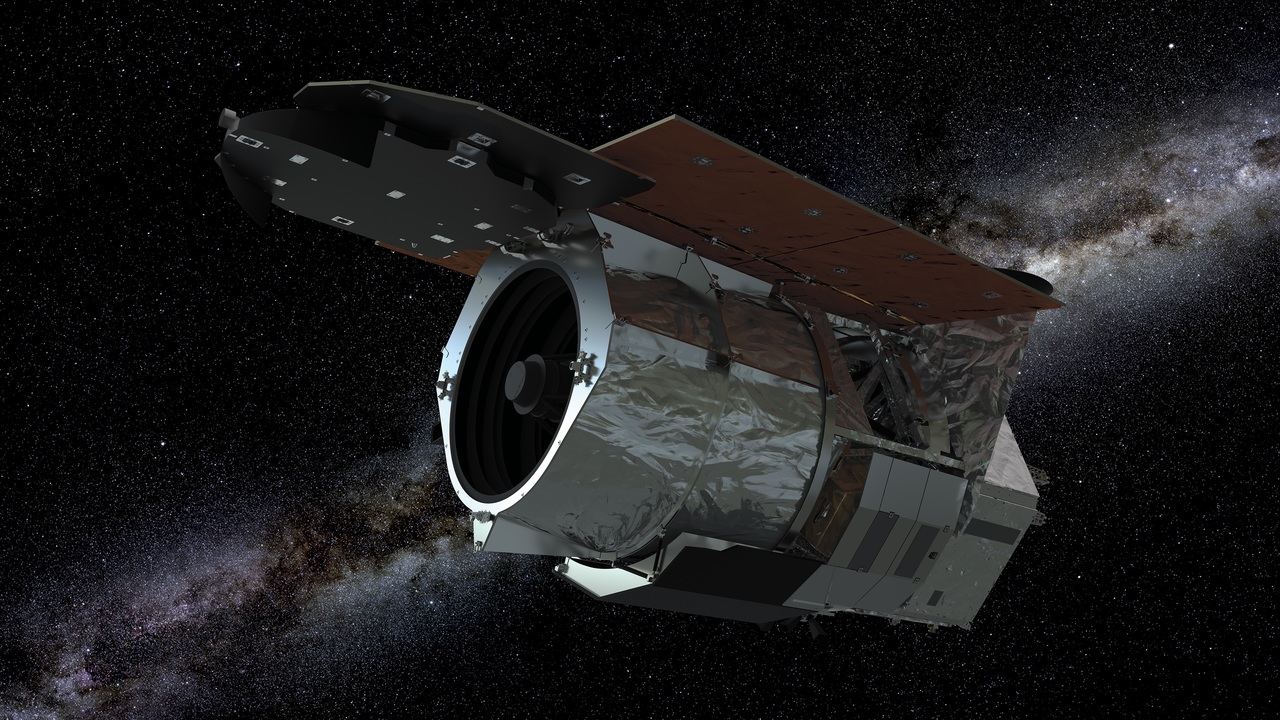
Roman
Nancy Grace Roman Space Telescope
Overview: The Nancy Grace Roman Space Telescope is a NASA observatory designed to explore the Universe in search of answers to fundamental questions about dark energy, exoplanets, and infrared astrophysics. The telescope has a 2.4 m primary mirror (the same size as the Hubble Space Telescope), but will have a field of view that is more than 200 times greater than that of the Hubble Space Telescope's WFC3 IR Channel, capturing much more of the sky in one pointing. The primary instrument, the Wide Field Instrument (WFI), will measure light from hundreds of millions of galaxies over the course of the prime mission lifetime and will perform a microlensing survey of the inner Milky Way to find exoplanets down to a tenth of Earth's mass. The Coronagraph Instrument will directly detect Jupiter analog exoplanets and dust and debris disks around nearby stars. The Nancy Grace Roman Space Telescope is designed for a five year prime mission and has been committed to be launched no later than May 2027.
- Jessie Christiansen is currently a member of the Roman Science Interest Group
- Yun Wang and Lee Armus were FSWG members
- Chas Beichman, Sean Carey, David Ciardi, James Colbert, George Helou, Davy Kirkpatrick, Harry Teplitz, Schuyler van Dyk, Yun Wang, and Sebastiano Calchi Novati were members of four of the twelve WFIRST Science Investigation Teams (SITs), focusing on the discovery and characterization of exoplanets with microlensing and direct detection techniques, and cosmology and the nature of dark energy with distant galaxies and Type-Ia supernovae
- Yun Wang was also a member of the WFIRST Science Definition Team (SDT), which submitted its final report in 2015








